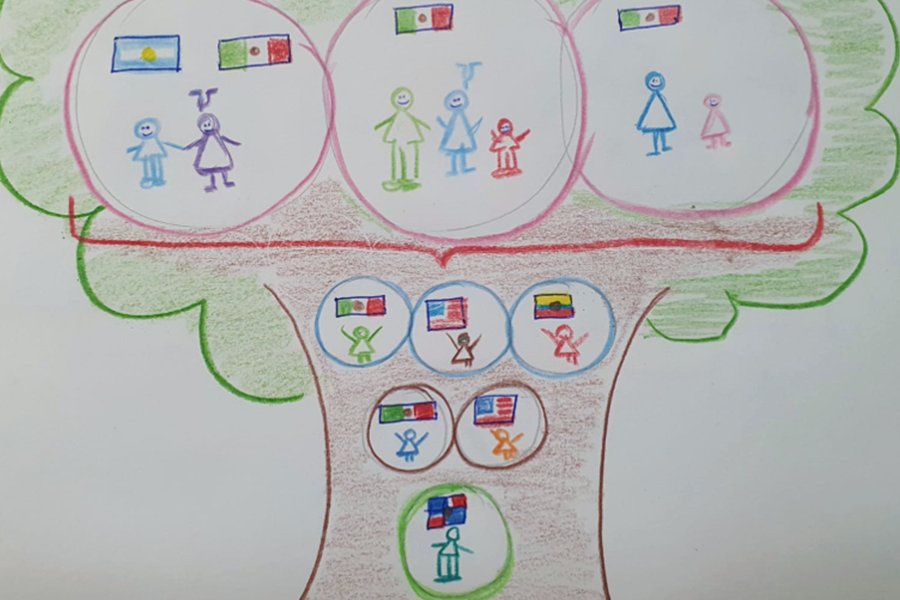
There has been a tectonic shift in the healthcare profession with the rise of telehealth, including the ability for practitioners to reach way beyond their local communities. Clinical psychologists and art therapists now can work with communities around the world with ease, thanks to technological advances. LMU’s Marital and Family (Art) Therapy program (MFT) has seized this opportunity, with a new two-week virtual summer program in collaboration with Bar-Ilan University in Ramat Gan, Israel and the Instituto Mexicano de Psicoterapia de Arte in San Miguel de Allende, Mexico.
The program, once known as Art Therapy in Mexico and located only in San Miguel de Allende, Mexico, has expanded to include collaboration between three universities to help students develop self-awareness through a cross cultural understanding and prepare them to work in intercultural settings.
“This is a truly international program now – we aren’t limited to just serving families in Mexico,” said Dr. Joyce Green, MFT professor and the program director. “We’re now serving families all over Latin America, including Peru, Guatemala, Venezuela and multiple other countries.”
The first week of the program is devoted to exploration about how art therapists work across cultures through focuses on cultural humility and cultural lenses. In the second week, students work in teams to plan and develop curriculum for groups of communities across Latin America.
“Part of the reason I chose LMU’s MFT program was to be able to experience the international art therapy exchange program,” said Dani De Herera, a second-year graduate student. “The most exciting and enriching part of the program was being able to plan the services we provided as a cross-cultural team. It was truly a humbling experience.”
Ruth Sze, another second-year MFT student pursued the program because she knew it would be an opportunity to gain insight into how art therapists in Israel and Mexico work, as well as a chance to make art and have conversations with people in those communities.
“We often talk about cultural humility and cultural considerations as an integral part of our program, and I knew it’d be an exciting opportunity to put to practice some of the things we’ve been learning and reflecting on,” Sze said.

Some of the themes that came up last summer were power and privilege and the use of language. There were several lessons about the legal and ethical considerations across cultural environments. “For example, each client had different resources available to them for art making based on which country they were in,” Green said.
Each graduate student team tailored their curriculum for a particular type of client, such as adolescents, families, parents, teachers, first responders or people who had COVID-19. In 2021, the program had 119 community participants who worked with the graduate students.
“Art became like a third language in which everyone could communicate,” Green said. “The only difference between the cultures was the understanding of community and our own assumptions and biases. The program fostered a greater awareness and understanding between the cultures.”
Green said one of the challenges of the program was scheduling between several time zones. The program worked closely with LMU Information Technology to ensure that every participant had access to support if they had technical issues. Some of the community members from Latin America had limited access to devices and reliable Wi-Fi, as well. The graduate students had to learn patience and flexibility while working with international clients remotely.
Despite the occasional challenges, many in the MFT department imagine teletherapy services will be the future of art therapy. “Although there are limitations to telehealth, the beauty of it is that it can be a way for us to connect with people all over the world,” Sze said. “It’s been an opportunity for art therapists to research and experiment with digital resources to engage clients in the creative process. It also improves access to services for those who may not have the ability to travel to a physical space for therapy.”



